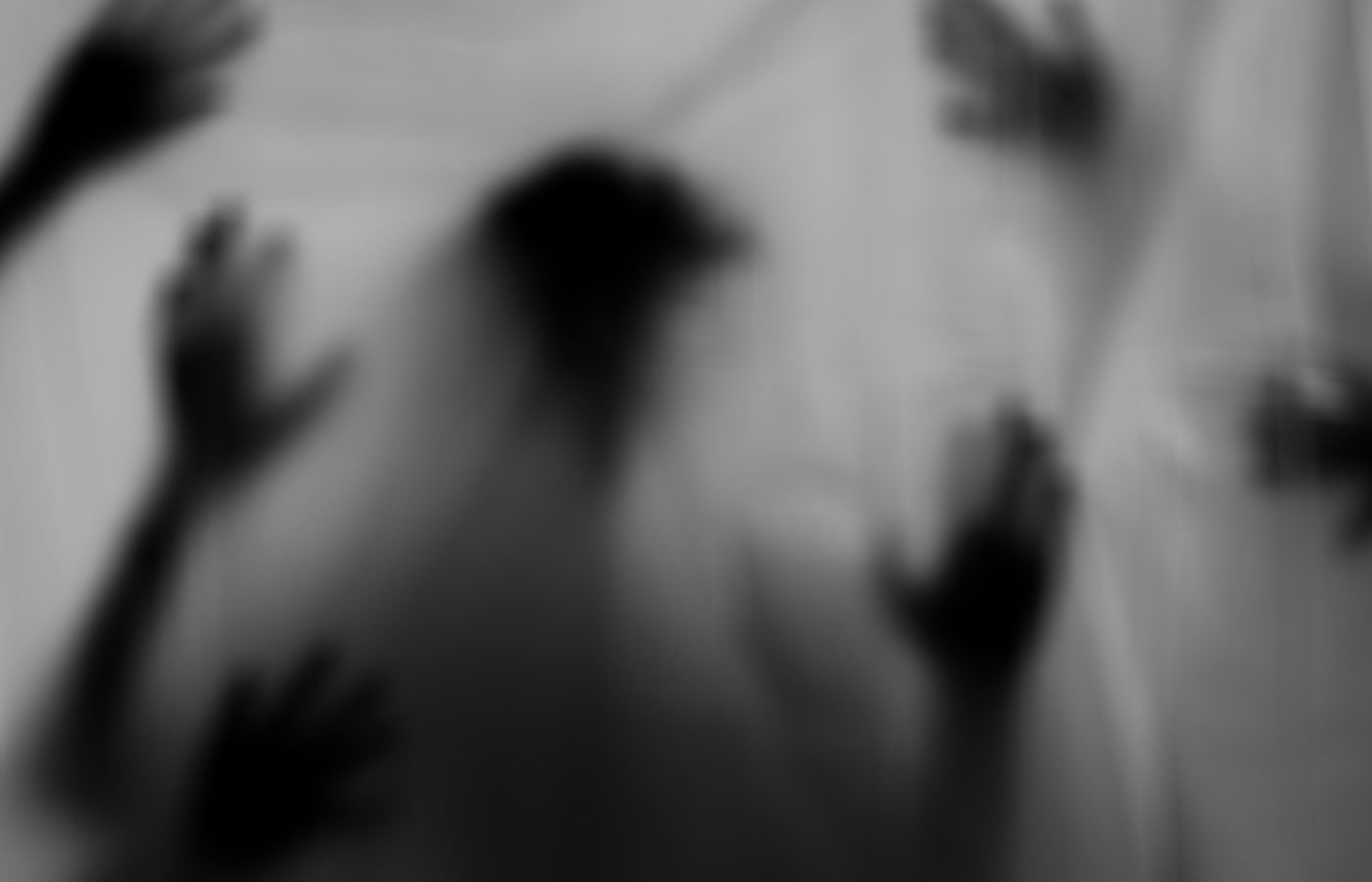As psychologists in Zimbabwe, we have consistently urged the government to take into account placing psychologists and counselors in schools, not because there aren’t any or many openings, but rather because it would be a significant opportunity to correct and link beliefs with educational contexts in various settings. The topic of today’s piece is a sad and unsettling tale that was covered by prominent Mutare radio host “Baba Taps” for Karaganda television ( source Karanganda tv youtube chanel).
Learners at Chinyauhwera School in Mutare experienced hysteria attacks, and turned violent, forcing the school to suspend lessons. Reports indicate that the attacks have been going for a week and this started with one girl who would collapse hence she later went into a trance and became violent with several others. They reportedly started beating up other learners and teachers. They will be demanding to see some female teachers at the school, saying their problems emanated from the school administration block.
This is a report on a satanism scare at the Chinyauhwera School in Mutare, where students are alleged to have been involved in spreading rumors, collapsing, showing signs of being under spiritual trends and saying a number of unheard-of things, including being initiated into Satanism by some of the teachers. There are also alleged reports of students allegedly involved in drinking blood from other possessed students who they will be claiming to be one of their members.
The main motivation behind writing this article was a comment made by an education superior who is said to be from the provincial level and who claimed that he had never heard of such reports coming from the school because they were spiritual claims that belong to churches, which only deal with education. This leaves one with a lot of questions up to who is even responsible for all this lost time when students are being turned away, story for another day.
Such a line of reasoning from an intelligent individual in a high-ranking position in the country who also exhibits negligence begs serious questions. One wonders if he ever heard of what is called Hysteria. The degree of ignorance is a somber precedent that runs counter to the ideals of education, inquiry, investigation, and critical thinking that schools symbolize or ought to uphold.
Schools and tertiary institutions take pride in research and scientific discoveries, and the schools also have a very small number of psychologists that can be counted on one hand and who are expected to deal with thousands of students. For this reason, they should also be consulted for their expertise, especially when dealing with or discussing issues that concern the mental health of students. There is still a long way to go before psychologists in Zimbabwe are accepted because they are not even included in the discussion and are not the first option with due respect to the work of the churches.
With the assistance of experts who have received professional training, these kinds of tales could have been handled more effectively. According to the tape posted on the Karaganda YouTube account, neither a medical officer nor a psychologist were requested by the temporary school administration to inspect the pupils and evaluate their health conditions.
A medical ailment might be attributed to a spiritual attack, which is concerning, especially in a school environment. An effective teacher should encourage curiosity. Young pupils’ brains are honed by educators or teachers who assert that a medical condition has a spiritual cause. The tragedy of this is. This is why we need to implement the critical thinking curriculum for both students and instructors and put everyone in a position where they can improve our societies—because educating a kid also educates a society.
The tragedy at the Chinyauhwera school in Mutare has highlighted the alarming situation of science education and learning in the nation as a whole. There is no proof that this incidence of mass hysteria is related in any way to spirits, demons, or witches, as many people believe. Instead, what occurred at the school provided a chance to inform the pupils and offer a scientific justification and evidence-based approach to managing mass anxiety hysteria. The school squandered a chance to educate and advance science. This article exhorts Zimbabweans to encourage kids’ scientific and critical thinking, testing ideas even via psychological lenses rather than only worrying about satanism and wild superstitions.
The purpose of this essay is to inform you of the significance of the need for psychologists in schools and to inform you about the illness known as hysteria, which affects people in a way that, if not treated professionally, can cause one to consider something else. Spend some time learning about Hysteria and how it affects people.
What is Hysteria?
From the Greek word “uterus,” “hysteria” is derived. It was once believed that hysteria only affected women when this spiritual sickness was first reported (later on it was found that men also suffered from it).
The term “hysteria” dates back to antiquity. It was discussed by Hippocrates and Avizenna. In the past, renowned scholar-psychiatrists like Jacques Charcot, Pierre Janet, and many more investigated hysteria. Hysteria was given a lot of focus by psychoanalysts in particular. Still, for a very long period, hysteria research was conducted in a biased manner. Spiritual-moral reflections on this topic were essentially nonexistent.
This psychopathological state’s spiritual assessment could be seen as boasting. Individuals who are hysterical are easily identified by their emotional instability, which manifests as stormy and upbeat mood swings. These folks frequently exaggerate the facts in their discourse, which is replete with vivid imagery. Their impersonation is emotive and occasionally exaggerated. They enjoy posing. The hysteric suffers severely when not given attention and longs for it. The hysteric typically tries to appear more important than he actually is.
As was previously established, the primary trait of hysterical personalities is the persistent desire to get other people’s attention. Their activities clearly display pointed affectation, unnaturalness, and dishonesty. To obtain public attention, they would turn to whatever means necessary, sometimes including telling outright lies and exploiting other people’s emotions.
Mental immaturity and infantilism, which manifest as out of balance interests and attractions and easily fluctuating emotions, are obvious manifestations of the characteristics of hysterical people. Even if at first their bond seemed unbreakable, they are often disappointed in friends and change them. From love to hatred is but one step for hysterics.
We frequently observe various forms of so-called pseudologist among hysterical individuals. Along with their demonstrativeness, they also have a tempestuous imagination and a propensity to fantasize. And in those fantasies, the subject is typically the protagonist.
The hysteric may be distinguished by more than just their ostentatious look, theatrical impersonation, or distinctive speech. Although they might not be visible, they will speak in a quote-heavy manner that gives the impression that they are well-educated in science. In case things became worse, he could just go into an eerie silence. However, all of this is a pose. His behavior is artificial and false, as is apparent.
Despite seeming kind and gentle, a hysterical person’s feelings are almost always tinged with coldness. For that person, what matters most is that person.
Clinical psychiatry distinguishes between hysterical neurosis and hysterical psychopathy. These states are separated by the depth, expression and origin of the hysterical expressions. Hysterical neurosis is generally characterized by personalization of conflict, that is, the manifestation of hysteria in the form of different physical ailments and sensations. Very often, for example, a hysterical “knot” appears in the throat. Remember examples in classical literature, when young ladies fainted from worry.
Psychopathy — is an individualized anomaly, which is characterized by the disharmony of an individual’s mental structure. The criteria for psychopathy are: 1) the expression of mental disorders, leading a person to social disadaptation; 2) total alteration of the entire mental image of the person; 3) the relative stability of mental particulars (P.B. Gannushkin).
Psychopaths are divided into constitutional, which can arise as the result of different illnesses, head traumas, infections etc., and acquired. The second group of psychopaths is the result of upbringing, environmental and situational conditions.
Unfortunately, our reality is often the “supplier” of psychopaths.
Psychopathy occupies the middle ground between psychoses and neuroses. In some ways it does not “make it” as a psychosis (as a rule, ranting, hallucinations and other expressions are missing from the clinical picture), but it essentially differs from neurotic disorders. Also, neuroses are usually connected with some sort of emotionally significant experiences, distressing a person with events and life conditions. But the psychopath, well, is always a psychopath. Of course, in isolated moments his behavior may be worse, while in other periods of life — one can observe relative compensations, but the general anomalous psychopathic background remains.


Leave a Reply